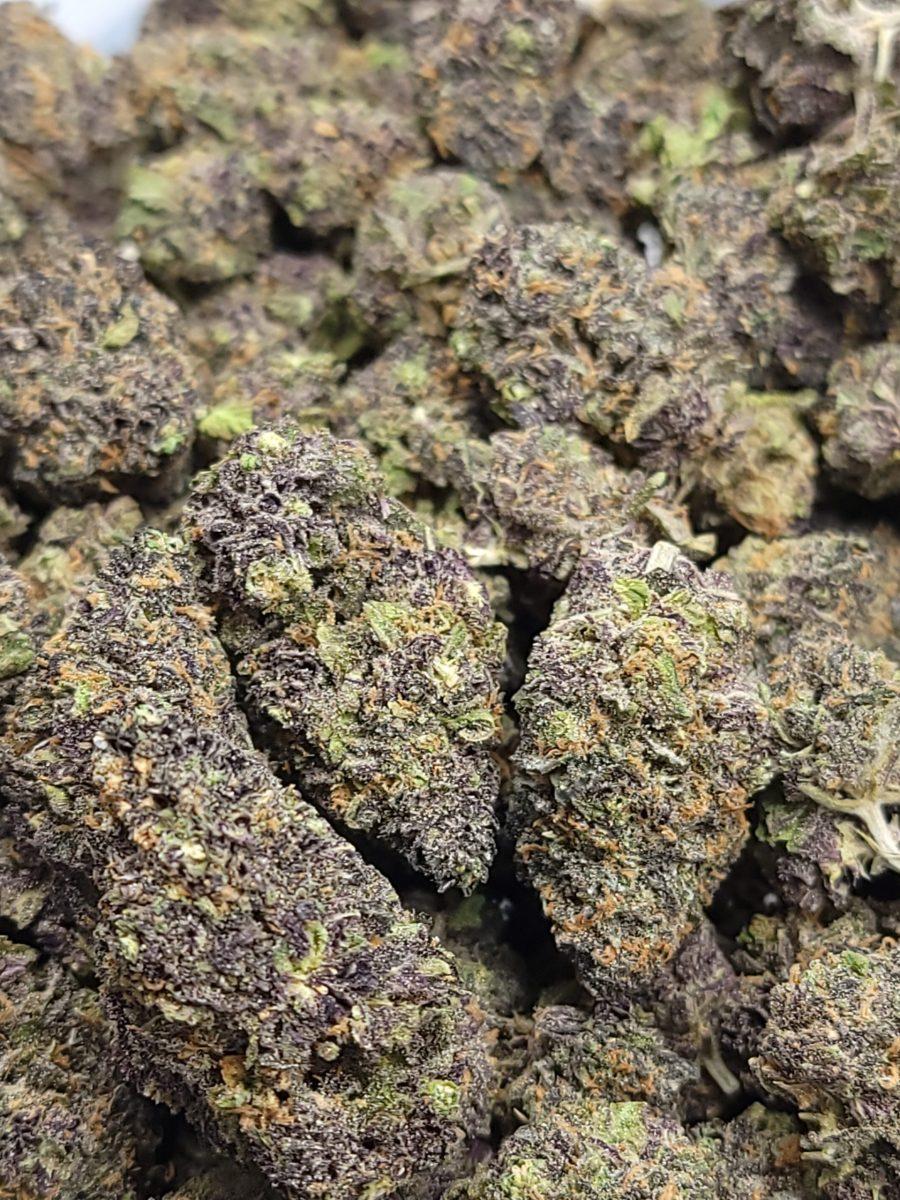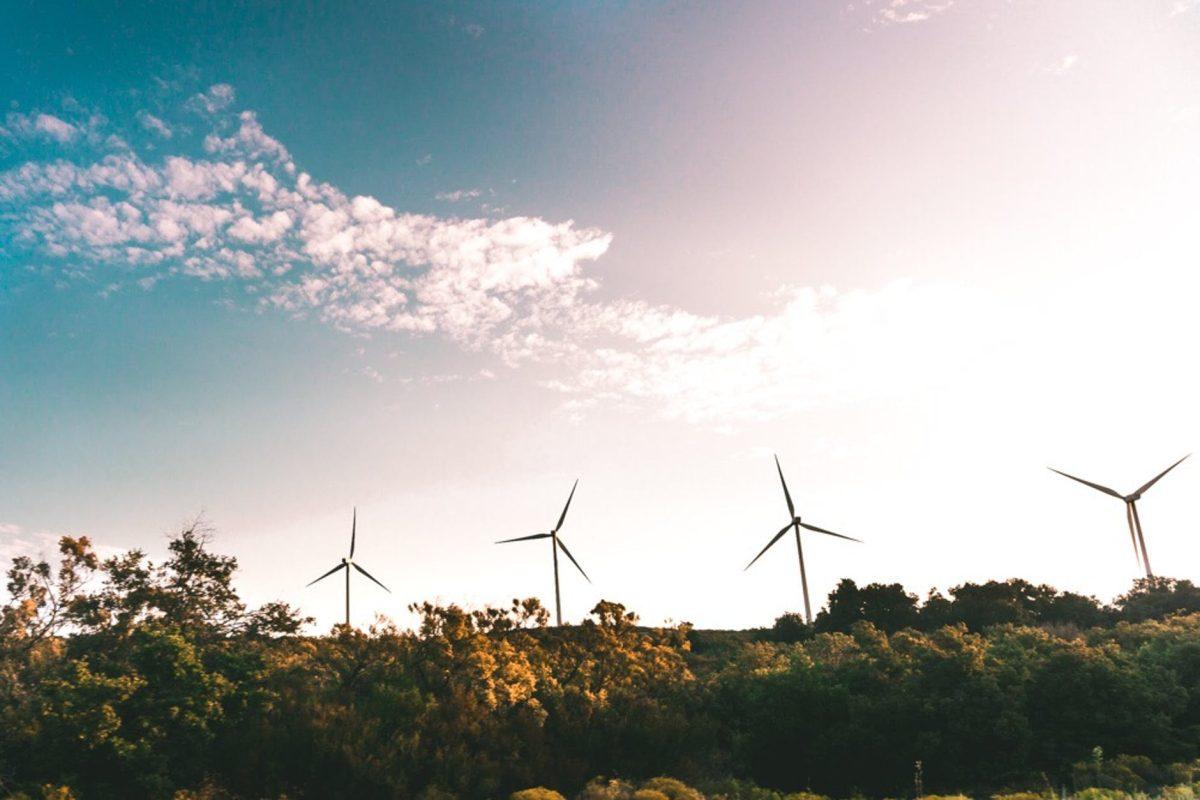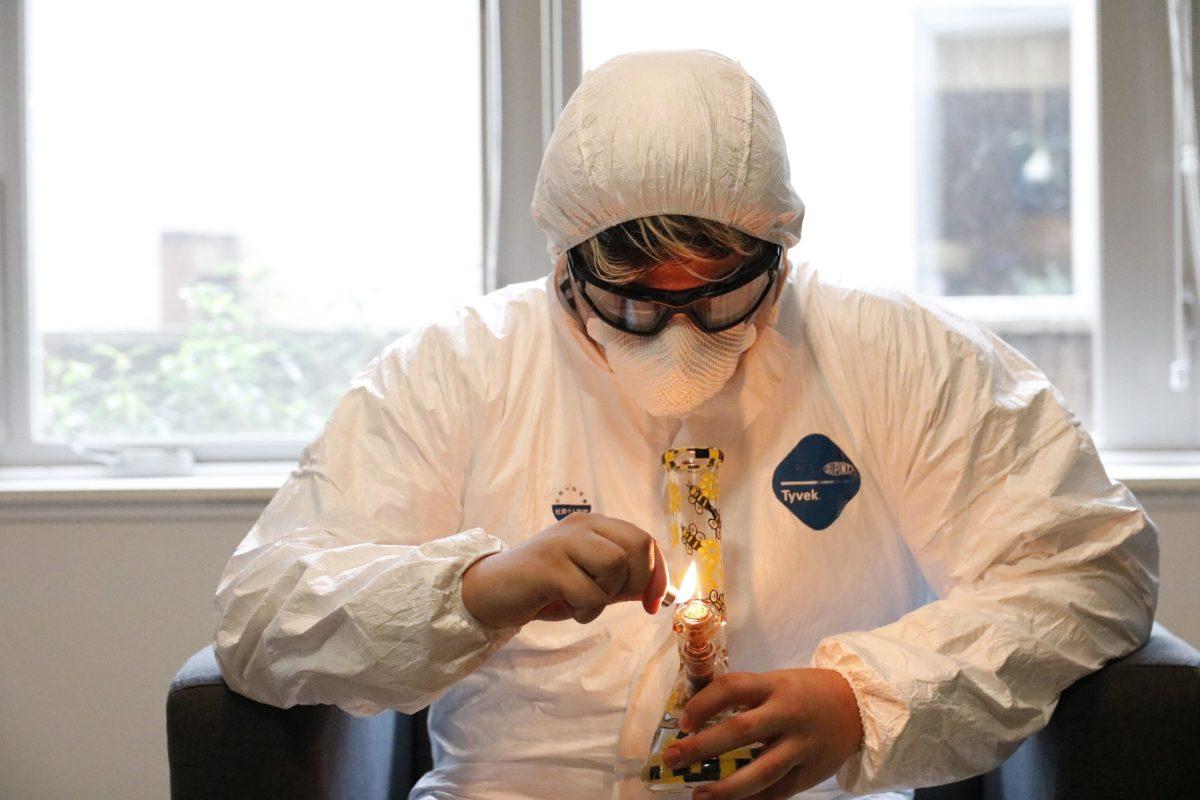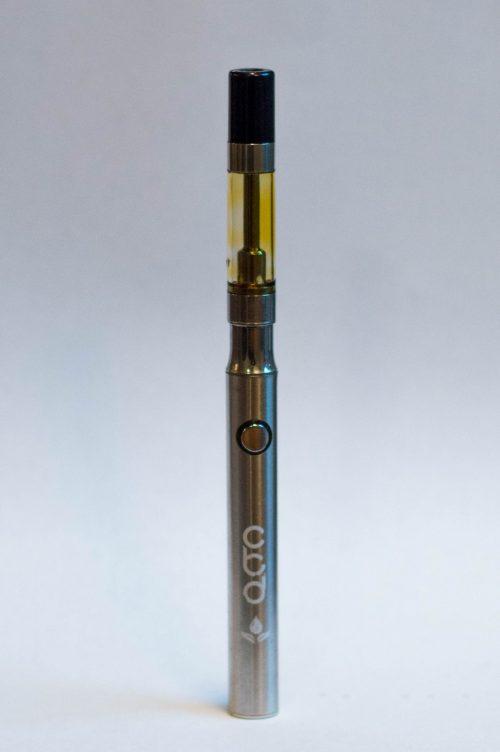If anyone has ever grown a cannabis plant or two, you know that they require a lot of love and can be a lot of work. There are both genetic and environmental factors that influence how a plant will develop and what it will look like. It is commonly known that the difference between “indica” and “sativa” varieties is the morphology, but somewhere down the line, it became misconstrued into describing the effects.
Cannabis has two main subspecies, Cannabis sativa subsp. Sativa and Cannabis sativa subsp. indica. The domesticated varieties of these subspecies include: Cannabis sativa subsp. sativa var. sativa (Broad-leaf hemp or BLH), Cannabis sativa subsp. sativa var. chinesis (Narrow-leaf hemp or NLH), Cannabis sativa subsp. indica var. indica (Narrow-leaf drug or NLD), Cannabis sativa subsp. indica var. afghanica (Broad-leaf drug or BLD). If you’d like to read more about the indica vs sativa debate, you can do so here, but today we’re going to focus on Cannabis sativa subsp. indica var. indica (Narrow-leaf drug or NLD) and Cannabis sativa subsp. indica var. afghanica (Broad-leaf drug or BLD). These are the “drug varieties” of cannabis with moderate to high levels of THC. Plants within the narrow-leaf drug category are what some consider to be the standard morphology of a “Sativa” and plants within the broad-leaf drug category would be considered to have the morphology of an “Indica.”
Cannabis morphology is largely based on the genetic origins of the plant. Certain plant adaptations occur in cannabis due to certain climates that they develop in. This is why many Afghani/Hindu Kush strains can have purple shades to them—because they evolved in colder mountain climates, they genetically adapted to their climate by producing more anthocyanins. These plants are also shorter and bushier than other varieties due to their adaptations to colder climates. Through selective breeding of these purple genetics, we have strains today like Sirius Black from Oregon Breeders Group. In the case of your “sativa” narrow-leaf drug varieties, the plants are typically taller and the leaves less dense due to the hotter climates they developed in and adapted to. Next to genetics, the weather is one of the most important factors. The colder the weather, the more stressed the plant can become if it is not native or adapted to the climate. If the climate is too hot, the plant can get burnt by the heat.
The cannabis plant comes in many shades, such as greens, reds, and purples. Much like chlorophylls give plants and leaves their green color, flavonoids like anthocyanins give plants their orange, red, pink, purple, blue, and even black colors. To begin, flavonoids are consumed by humans through fruits, vegetables, and other plant-based foods and drinks. Anthocyanins are a specific group of flavonoids. This group of flavonoids includes over 400 different kinds of anthocyanins. Just a small fraction of the anthocyanins you may see expressed in the cannabis plant include cyanidin, delphinidin, malvidin, pelargonidin, peonidin, and petunidin.
In addition to providing color to the plants, flavonoids and anthocyanins have shown to have both neuroprotective and anti-inflammatory properties (Weston-Green, 2019). This is among the many reasons that people recommend using whole-plant extracts and concentrates like RSO and tinctures to aid in certain medical conditions. In particular, the cannabis plant also contains two specific flavonoids, Cannflavin A and Cannflavin B. Most recently, researchers have looked at their potential to help fight pancreatic cancer. Although the research is still new, it is something to keep an eye on in the future (Moreau et al., 2019).
References
McPartland, J. M. (2018). CannabisSystematics at the Levels of Family, Genus, and Species. Cannabis and Cannabinoid Research, 3(1), 203–212. https://doi.org/10.1089/can.2018.0039
Moreau, M., Ibeh, U., Decosmo, K., Bih, N., Yasmin-Karim, S., Toyang, N., Lowe, H., & Ngwa, W. (2019). Flavonoid Derivative of Cannabis Demonstrates Therapeutic Potential in Preclinical Models of Metastatic Pancreatic Cancer. Frontiers in oncology, 9, 660. https://doi.org/10.3389/fonc.2019.00660
Weston-Green, K. (2019). The United Chemicals of Cannabis: Beneficial Effects of Cannabis Phytochemicals on the Brain and Cognition. Recent Advances in Cannabinoid Research, 83–100. https://doi.org/10.5772/intechopen.79266






